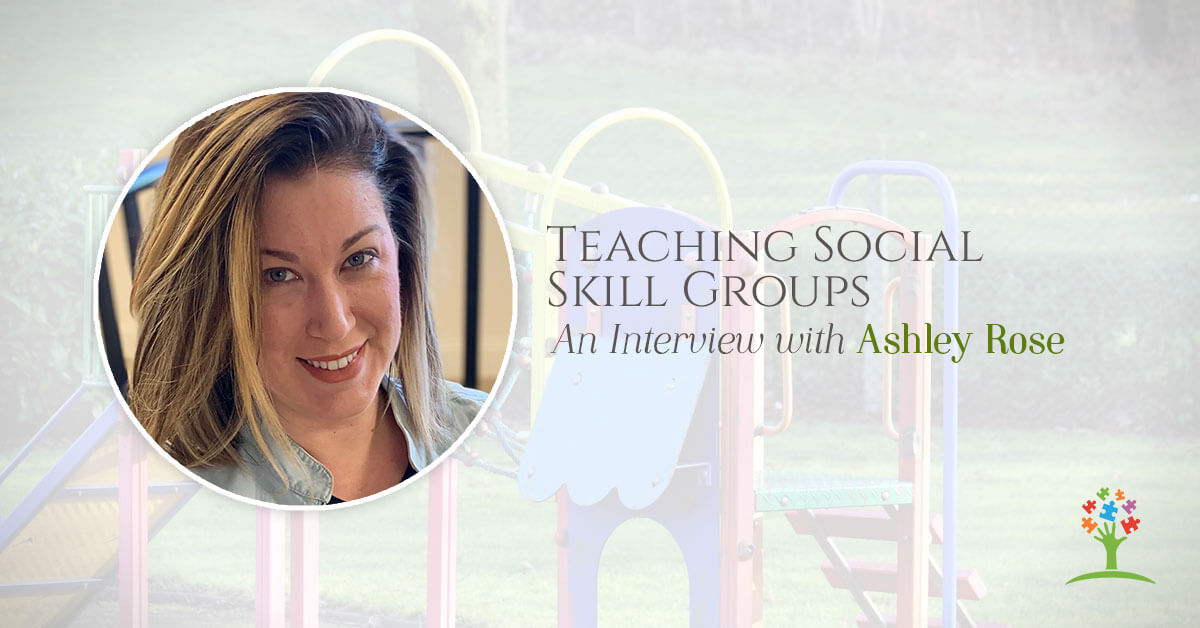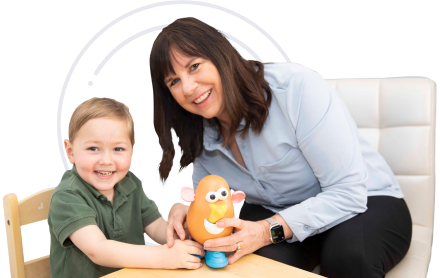Teaching Social Skills Through Social Group Work with Ashley Rose

Want to Learn how to Increase Talking & Decrease Tantrums in Children with Autism or Toddlers Showing Signs?
Want to start making a difference for your child or clients?

Ashely Rose is the owner and director of Mission Cognition, a social skill development center in New Jersey that not only works with children with autism but also children with ADHD and speech delays. She’s also a teacher and has a background in psychology, applied behavior analysis, and special education. She’s been working in the autism and ABA field for 15 years. Today I’m talking with her about teaching social skills through social group work.
Ashley is an expert when it comes to teaching children social skills, especially through social group work. During her interview, she shares some of her methods for socializing children, as well as what not to do when teaching social skills.
In her free time, Ashley is also the administrator of the Facebook group, ABA Skillshare. The group is public and she encourages both parents and professionals to join the group and become involved in the community.
When asked what she thinks parents and professionals can do to lead happier, safer lives, Ashley advised to relax and remember to have fun and don’t let the big picture overwhelm you. I certainly learned a few things from my interview with Ashley Rose, and I know you will too.
Mentioned In This Episode:
- ABA Skillshare (Facebook Group)
- Mary Barbera Workshops (Sign up for a free online workshop for parents and professionals)
Subscribe & Review in iTunes